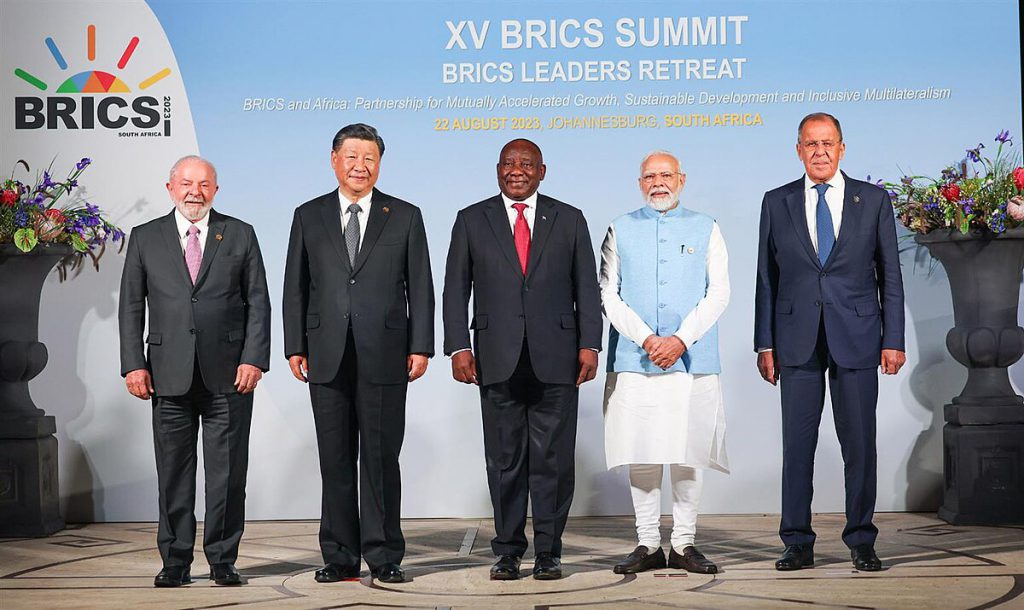The growth of the BRICS economic alliance has been a dominant story so far this year, and that could catapult the bloc to control half of the entire global economic output by the year 2040. Indeed, the bloc was originally predicted to surpass the G7 countries when Jim O’Neill coined it in 2001. Now, that could be set to come to fruition.
During its 2023 annual summit, the collective invited six countries to join its efforts. Specifically, Saudi Arabia, the United Arab Emirates (UAE), Iran, Argentina, Egypt, and Ethiopia are set to join. Their inclusion could very well become the catalyst for a massive shift in the global power balance.


Also Read: Developing Countries Need to Repay China $1.1 Trillion
BRICS To Control Most Global Economic Output Over Next 15+ Years
Although the BRICS alliance is nothing new, its impact on the geopolitical world has certainly changed throughout this year. Indeed, the bloc has embraced a transformative growth period. Not only through its expansion efforts but also through its focus on enacting true international economic change.
Subsequently, that may be set to continue an irreversible trend. The BRICS economic alliance may well be set to control half of global economic output by the year 2040. Indeed, analysts have predicted a massive shift in geopolitical power over the next 17 years. Specifically, driven by the enlarged collective and their potential economic impact on global trade.


Also Read: BRICS GDP in Purchasing Power Parity Set to Reach 45% of World Economy
The prediction is driven by the overall increase in the BRICS trade from 2017 to 2022. Over that time frame, trade had grown by a massive 56% for the original BRICS nations. Ultimately, that was worth a tremendous $422 billion last year alone. However, those figures are set to grow through this year’s expansion.
Saudi Arabia and the UAE specifically present interesting additions. Both countries hold significant power in the oil market and could further drive intra-BRICS trade. Additionally, they hold instrumental influence that could direct further growth in the coming years.





